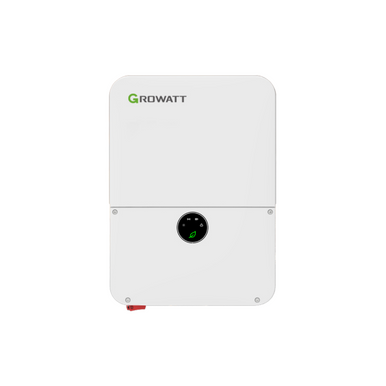kscessnadriver
New Member
The package is lost- if it was ever shipped.
He said wait two days and I'll send a new one. I said can you send it today and he said no.
I asked him to just go ahead and cancel the order. I'll wait till signature solar has them in stock.
I'll let @kscessnadriver be in charge of testing it out
Bummer, you were more likely to get the thing installed quickly than I am.





